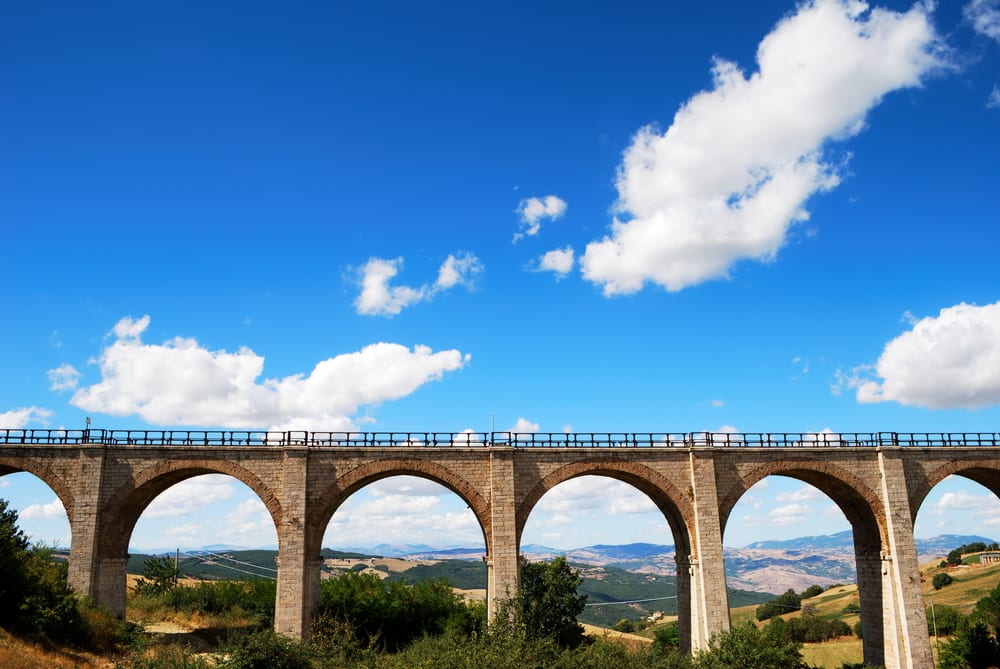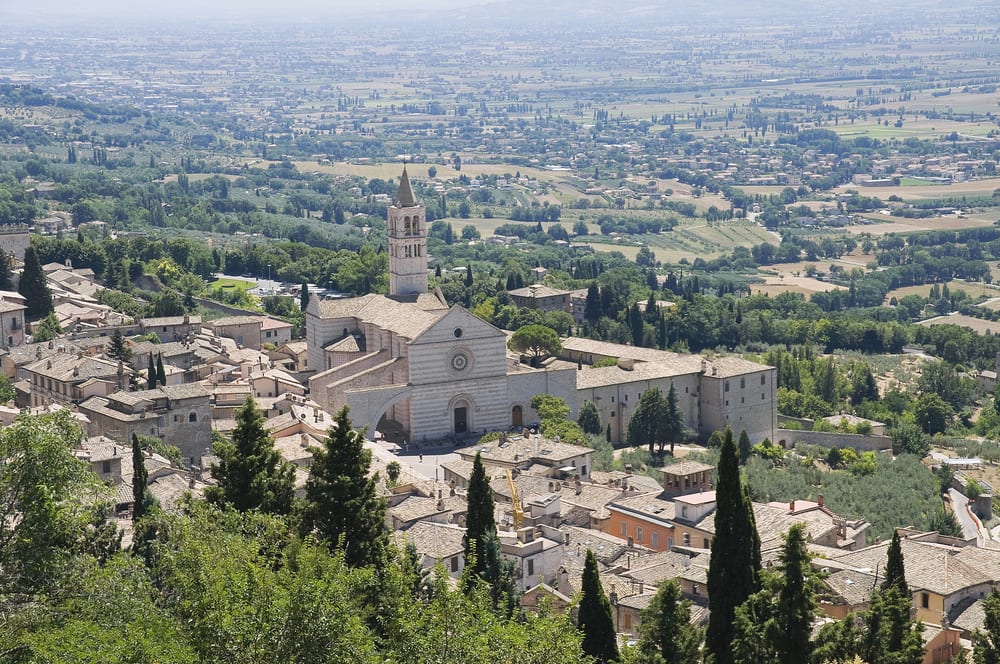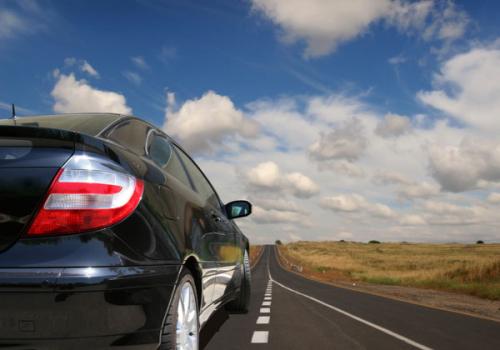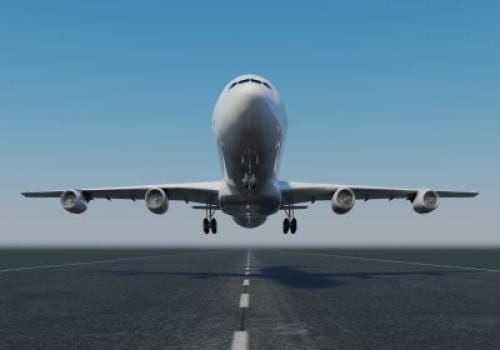
Trying to save money on transportation in Italy? Don’t worry — it is possible!
What your cheapest transportation option is depends completely, of course, on what your specific plans are — and what deals you can find. That said, there are some general things to keep in mind when you’re weighing your options.
This will be the first post in a series on how to save money while traveling in Italy, so stay tuned for more!
Renting a car in Italy
Should you rent a car in Italy?
When it comes to getting around Italy, many travelers’ first instinct is to rent a car. And there are some significant pluses to having your own wheels: You can explore out-of-the-way areas (including in the beautiful countryside), and you have the freedom to go when you wish.
As far as cost goes, though, driving is only the cheapest option if you’re planning to cover a lot of ground and make many stops. Renting a car generally costs €40-60 per day, if you book the car in advance. And if you can’t drive stick, beware: Automatic-transmission vehicles are rare in Italy, so renting one will cost you. (It’s not uncommon to see them costing €60-80 or more per day, when booked in advance). If you want a GPS, highly recommended if you’ll be doing any driving in the countryside or to, say, find out-of-the-way agriturismi, that’s another €15 per day.
Then, of course, there’s the cost of gas. Think prices in the U.S. are a joke? In Italy in July, the average gas price was €1.55… per liter. (That comes out to €5.87 per gallon). Say your car gets 35 miles per gallon. That means that to drive from Florence to Rome, for example, a distance of some 165 miles, you’re looking at almost €30 in gas, one way. Plus, don’t kid yourself that renting a car is the fast way to get from Point A to Point B: Most of the time, the train or plane is faster.
Even so, there are some situations when you just can’t beat driving to get a real sense of Italy. So don’t discount renting a car… and keep in mind the following price-saving tips.
Renting a car might be the cheapest and best option for you if: You’re a family or a small group; you plan on visiting many different towns and cities; you want to explore the countryside or stay in off-road agriturismi; you’re a comfortable driver; you have more luggage than you’d want to carry with you
Renting a car might be one of the more expensive and difficult options for you if: You’re an individual or a couple; you’re going from one well-connected city or town directly to another; you can’t drive stick; you’re not super-comfortable driving in different situations; you expect a large, American-sized car (without specifying one!); you’re easily frustrated by getting lost
How to save on renting a car in Italy
The best way to save on renting a car in Italy: Don’t wait until you get here! Book in advance, on the web, always. By reserving in advance, you can get 20 to 60% off what the price would be if you waited. Some sites to check out include Autoeurope, Maggiore Rent, EuropCar, Sixt, Autoeuropa, and Targarent.

If driving down this looks a little scary, then consider buying extra insurance… or avoiding town centers, or not renting a car at all!
If you’re not a very experienced driver with stick or with a smaller, European-model car, purchase insurance for “dani e furti.” Although this will cost you a little more out of pocket in the short run, in the case of an accident, it can definitely save you money. While insurance is part of the package when you rent a car, it’s limited-liability insurance—so if you accidentally scrape the side of a wall while driving down one of those extraordinarily-narrow medieval streets and scratch up the car, for example, you’ll have to pay for the damage. Ouch.
Consider car pick-up points other than where you’re starting your Italy trip. In fact, that’s often the most expensive way to do it! Often, it’s cheaper (and faster) to combine the train with the car. If you’re leaving from Rome and want to explore the Tuscan countryside, for example, the smarter thing to do is usually to take the train from Rome to Florence and rent a car there. Even if the best launching-point for your car trip isn’t a big city, consider renting a car there: You’d be surprised at how many of Italy’s off-the-beaten-path towns have rental car agencies.
Don’t always drop the car off where you picked it up. It depends on your particular itinerary, but if it would be more convenient for you to drop the car off in another city than where you first hired it, then book it in advance. When you pre-reserve this option, it can cost you as little as €50 in extra fees—sometimes cheaper than the cost of gas back to your starting point, and often cheaper than the train would be to your next destination, if you’re continuing your travels in Italy. (We recently picked up a car in Piacenza, drove around northern Italy, and ended in Venice. Being able to drop the car off in Venice cost €60, while the cost to take a train from Piacenza to Venice after finishing our driving would have cost €27 to €50… per person).
Know the rules of the road. Nothing can be more costly than a nasty accident, and yes, Italian street signs and road etiquette are different from back home. But also make sure you know the rules when it comes to where you’re allowed to drive: In city centers like Florence, for example, you need a special permit to enter, and not having one can get you a fine. Make sure you know exactly where non-resident access is allowed before you get off the highway.
When getting gas, do it yourself. Many Italian gas stations have the option for full service, so when you pull in, you’ll see one sign for “servito” and the other for “fai da te.” Go for fai da te, which means “do it yourself.” The full service includes extras like washing the windshield, and costs more per gallon.
Flying in Italy
Should you take planes within Italy?
With so many budget airlines, one of the cheapest ways to get from point A to point B in Italy can be by flying. The caveat, of course, is that both destinations have to be big enough to have airports. And you also have to calculate in how you’re going to get out to the airport.
Even so, it’s worth doing a comparison, even of the non-budget airlines. Right now, for example, you can fly round-trip from Rome to Florence for €115 with Alitalia in August. Go in November, and the price falls to €100. Then there are the budget airlines: You can fly round-trip from Milan-Bergamo to Rome airport for €46 round-trip on RyanAir, or Naples to Venice round-trip for €99 on EasyJet. That’s not to mention the many other cheap airlines that have cropped up lately.
Just remember to always read the fine print when booking a flight. You can only take a certain amount of baggage, and even to check anything at all costs on lines like Ryanair. There are also hefty fines you have to pay at the airport if you don’t comply.
Flying might be the cheapest and best option for you if: You pack light; your destinations have airports that are economic to reach from the city center; you read the fine print; you’re traveling off-season
Flying might be one of the most expensive and difficult options for you if: You get stung by oversized baggage fees or by having to check bags at all; the airport is far away from your actual destination, and there aren’t cheap transport options running when you’ll need them (for example, late at night); you have a number of destinations on your list
How to save on flying in Italy
Look at a variety of websites, including consolidators, budget, and non-budget airlines. Don’t just look at Expedia. Check out other consolidator sites, like KAYAK and SkyScanner, as well as the Italian sites Vayama and Mobissimo.
Since these websites generally search non-budget airlines, make sure you look at specific cheap airlines’ sites, too. Although you get what you pay for, Ryanair often has some of the cheapest flights around; you can get a little more comfort, sometimes at the same prices, at EasyJet. And don’t miss the Italian carriers: Blu-Express, AirOne, Wind Jet, and Alitalia.
Make sure you read the fine print. Ryanair’s notorious extra fees, for example, include €12 round-trip in “administration fees” and €50 round-trip to check a bag in peak season, plus €20 per kilo the bag is overweight. If you’re planning on checking a bag, it’s often cheaper to book with a non-budget airline that actually lets you do so for free! And Ryanair’s not alone. Always, always make sure you know what you’re allowed to check or carry on, and what you have to do to avoid penalties at the airport.
Plan how to get from the airport to your final destination… before you book your flight. Nothing blows the benefit of that cheap airfare ticket (other than getting dinged €60 euros for a slightly-overweight bag) more than shelling out €45 for a last-minute cab ride. Make sure there are other, cheaper transport options, and that they’ll still be running when you land.
Pack your lunch. Some of the budget airlines get you when you’re actually on board, charging high amounts for a bottle of water or a sandwich. Pick up a panino before you even get to the airport, grab that water bottle before you board, and you’ll save even more.
Taking the train in Italy
Should you take the train in Italy?
In many ways, using Italy’s vast rail system is the happy medium between renting a car and taking a plane. It gives you the freedom to explore more than if you were tied to airports (but not as much as if you had a car) and it’s usually faster than driving (and sometimes, if you include transportation to airports and check-in time, faster than flying). Plus, since so many people in Italy depend on the train system, it’s fairly reliable — and, depending on where you’re going and there’s a deal running, can be cheap.

Want to visit Assisi? Then know that, as for many Italian hill towns, the train station is way outside of the town… at the bottom of the hill
That said, strikes always represent a possibility that can foul up the most best-laid plans. While they’re not quite as common with the trains as some would have you believe (we encounter a strike perhaps every 40 or 50 times we take the train), they can still be frustrating, canceling many or all routes at the last minute.
Also be aware that train stations are rarely smack in the center of Italy’s cities: It might take a 10- to 15-minute walk, or a couple of metro stops, to get from the main station to the tourist sites or historic center. And in hill towns like those in Umbria or Tuscany, stations are usually at the base of the hill, and buses might not run very often — meaning a little bit of a hike! If you have lots of luggage or limited mobility, plan ahead.
The train might be the cheapest and best option for you if: You don’t have tons of luggage; you have only a few cities or towns on your itinerary
The train might be one of the most expensive and difficult options for you if: You’re exploring many cities or towns and have to make a number of stops; you want to explore the countryside; you have a lot of luggage, and no easy way to get from the station to your final destination
How to save on taking the train in Italy
Don’t forget to look at step-by-step guide to how to travel Italy by train. The important things to remember when it comes to how to save money:
Look for promotional fares and discounts in advance. Trenitalia’s usually running a few great train ticket deals and promotions, and no, you don’t have to be an Italy resident or citizen to take advantage! Currently, one fantastic promotion is the MINI offer, where you can get up to 60% off of normal fares, including Milan to Venice for €9 and Rome to Verona for €29. Another is the Sabato Italiano offer, where two people traveling on a Saturday pay the cost of just one ticket. Children under 12, traveling with an adult, travel free until August 31. And if you’re day-tripping, the Same-Day Return offer lets you save on a round-trip ticket (with return on the same day as departure).
Found a discount? Read the fine print — and book ahead of time. The MINI fare, for example, has to be booked at least two days in advance… and on popular routes, all the MINI fares often have run out even before that.
If you’re not traveling with a promotional fare, only get your ticket once you’re pretty sure what your exact travel plans are. That’s because, while a “Flexible” ticket lets you change your reservation an unlimited number of times, it costs you 25% more than “Base” fare tickets. But with “Base” tickets, you can change your reservation only once — and it can be a hassle to do so. It’s often better to get your ticket that morning, or when you arrive at the station, particularly if you think you might be cutting it close and there’s a possibility you might not make your train.
by Walks of Italy
View more by Walks ›Book a Tour

Pristine Sistine - The Chapel at its Best
€89
1794 reviews

Premium Colosseum Tour with Roman Forum Palatine Hill
€56
850 reviews

Pasta-Making Class: Cook, Dine Drink Wine with a Local Chef
€64
121 reviews

Crypts, Bones Catacombs: Underground Tour of Rome
€69
401 reviews

VIP Doge's Palace Secret Passages Tour
€79
18 reviews

Legendary Venice: St. Mark's Basilica, Terrace Doge's Palace
€69
286 reviews












